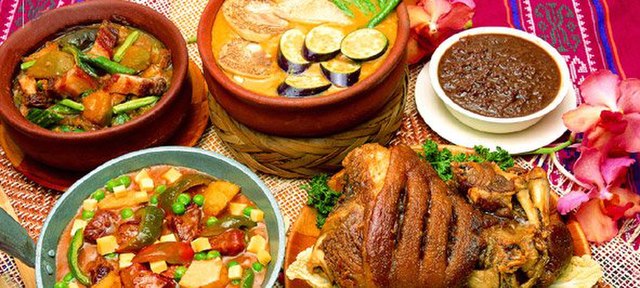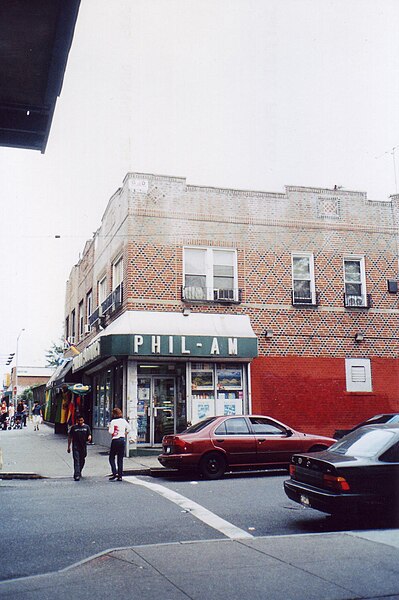Manilatown, San Francisco
Manilatown was a Filipino American neighborhood in San Francisco, which thrived from the 1920s to late 1970s. The district encompassed a three block radius around Kearny and Jackson Streets, next to Chinatown. The neighborhood was known for the International Hotel, a single room occupancy (SRO) hotel where many of the residents lived. Manilatown was also home to many businesses that catered to the Filipino American community, such as Manila Cafe, New Luneta Cafe, Bataan Lunch, Casa Playa, Sampagita Restaurant, Blanco's Bar, Lucky M. Pool Hall, and Tino's Barber Shop. At its height, over 1000 residents lived in Manilatown, and it contained a total of 30,000 transient laborers. From the late 1960s-70s, the neighborhood was transformed by city initiatives that aimed to gentrify the area. By 1977, the neighborhood had been largely destroyed, and it became part of Chinatown.
Housing activists protest outside San Francisco City Hall, 1977
Housing protesters at San Francisco City Hall, 1977
Demonstrators at the International Hotel in San Francisco, 1977
A Little Manila, also known as a Manilatown or Filipinotown, is a community with a large Filipino immigrant and descendant population. Little Manilas are enclaves of Overseas Filipinos consisting of people of Filipino origin living outside of the Philippines.
Little Manila in Woodside, Queens, New York City
A selection of Filipino dishes
Krystal's Cafe and Johnny Air Cargo shops on Roosevelt Avenue, Woodside, Queens, New York.
The Phil-Am grocery store in Woodside, Queens, New York






